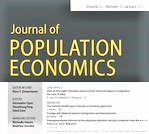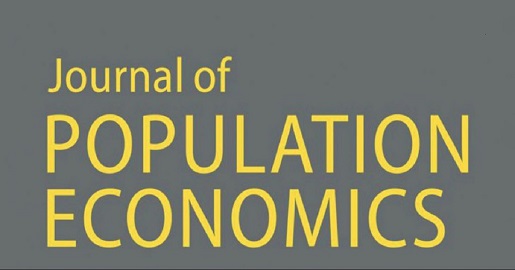A new paper published online in the Journal of Population Economics finds for Norway that miscarriage as a biological shock to fertility has similar negative effects for all three children on female earnings in the short-run, while a catch up afterwards shows only for the third child.
The Global Labor Organization (GLO) is an independent, non-partisan and non-governmental organization that functions as an international network and virtual platform to stimulate global research, debate and collaboration.

Children and labor market outcomes: separating the effects of the first three children
by Simen Markussen & Marte Strøm
Published ONLINE 2020: Journal of Population Economics, scheduled for 2021. OPEN ACCESS .
Author Abstract: We use miscarriage as a biological shock to fertility to estimate the effect of the first three children on women’s and men’s labor market outcomes. For women, we find that the effect is almost the same for the first, second and third child in the short run. The reduction in female earnings in the three first years after birth is on average 28 percent for the first child, 29 percent for the second child and 22 percent for the third child. The reduction is caused by drops in labor supply at the intensive margin and the extensive margin, concentrated among women in the middle part of the income distribution. There is considerable catching up after five years, but effects of the first two children persist ten years later, although they are imprecisely estimated. For men, we find evidence of increased labor supply and earnings after the first two children. We also find indications that having the first child increases take-up of health-related welfare benefits, such as disability insurance, for women, and that having a second and/or a third child increases couple stability.
Access to the recently published Volume 34, Issue 1, January 2021.
LEAD ARTICLE OF ISSUE 1, 2021:
Štěpán Jurajda & Dejan Kovač: Names and behavior in a war — READLINK: https://rdcu.be/b9xkX
Ends;

